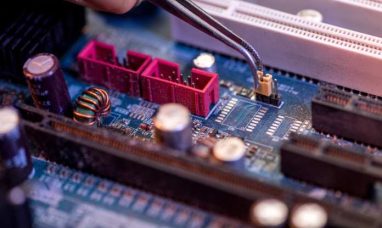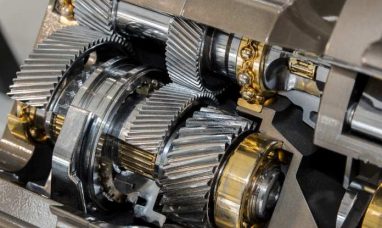It’s no secret that NASA has been struggling financially over the years. Government funding has been repeatedly cut, and now President Trump has requested that their already meager budget focuses more on the development of a moon-base and deep-space exploration. This means that the International Space Station (ISS) is going to run out of funding by 2025.
Boeing – the aerospace company in charge of maintaining the ISS – is searching for a solution, and thinks it may lie in private funding. “What we need to do,” Boeing’s chief ISS engineer John Vollmer told IBD, “is look at those technologies that are mature enough to fund the station.” With funding secured and regular maintenance, the ISS has the potential to last until 2040, says Vollmer. So where would one begin to look?
>> Boeing Shares Hit by Fears Over China Tariff Retaliation
Altogether, 15 countries make use of the ISS in order to conduct scientific experiments, which range from medical to energy research and Earth observation experiments. The ISS is unique in that it allows scientists from around the world to conduct experiments in microgravity. This has a range of benefits such as allowing medical scientists to 3D-print delicate organs without fear of having them collapse under gravity, and osteoporosis research, as conducted by biotech company Amgen (NASDAQ:AMGN). Potentially, the ISS could be run by companies paying directly for its maintenance costs in return for access to its laboratories. All of this could be good news for Boeing to since it wouldn’t want to miss out on the funding it already receives for engineering and contracting for the ISS.
>> Volkswagen Obtains $25B in Battery Supplies for Electric Vehicles
But whichever companies decide to pay some of the bills are going to have to break open the piggy banks. The US government currently foots most of the international space station’s operational costs, paying up to $4 billion a year. The station itself is the most expensive single object ever built, at $100 billion USD. Another issue is that the US doesn’t actually own the whole station – parts of it are owned by Canada, Europe, Russia, and Japan. So in order for privatization to occur, all of these countries would have to agree, which could get complicated.
Whatever happens, planning is underway and this could be an opportunity for investors to take a slice of the privately-owned ISS pie as well.
Featured image: CBC/NASA











